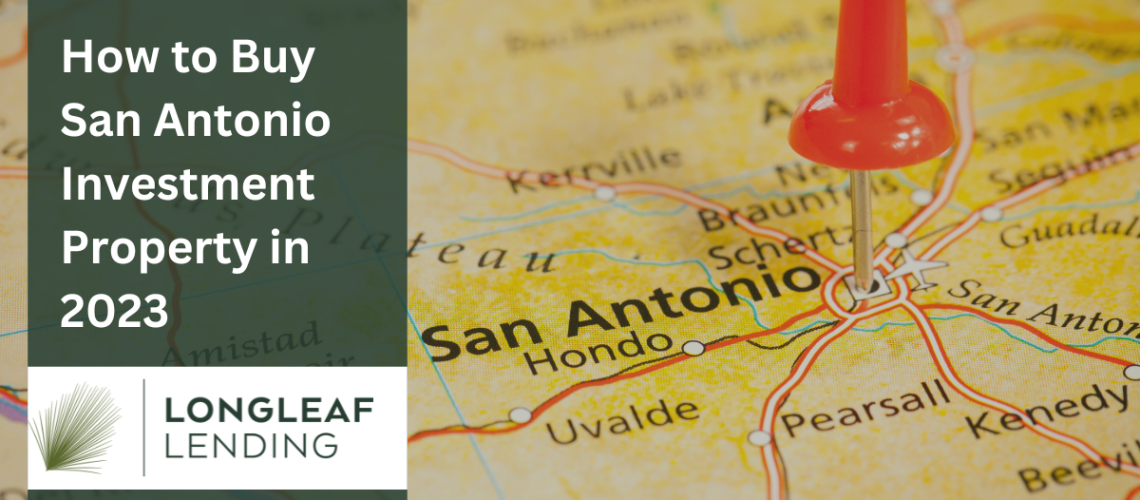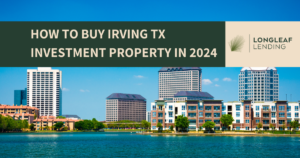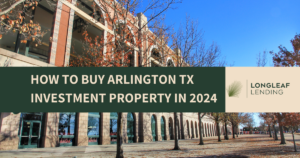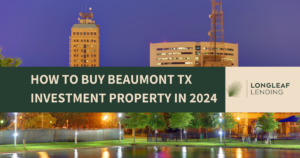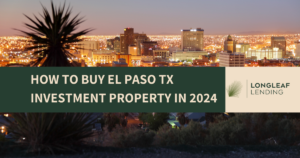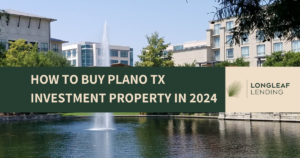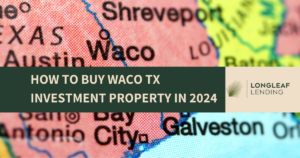Considering a San Antonio investment property?
If so, you’re in good company.
While Austin investment properties have been stealing the spotlight, it isn’t the only Texan city that’s experiencing massive growth. The Alamo City flew under the radar with home prices continuing to rise with median home prices now at $280K.
Despite this growth, in 2022, San Antonio ranks as one of the top 10 hidden-gem housing markets in the country.
In this San Antonio investment property guide, we’ll cover:
San Antonio real estate market trends for 2023.
Popular neighborhoods to keep your eye on.
Where to find the best investment properties (and how to finance them).
As you’ll see, for certain types of investors, San Antonio may offer even more opportunities than Austin.
Let’s dive in.
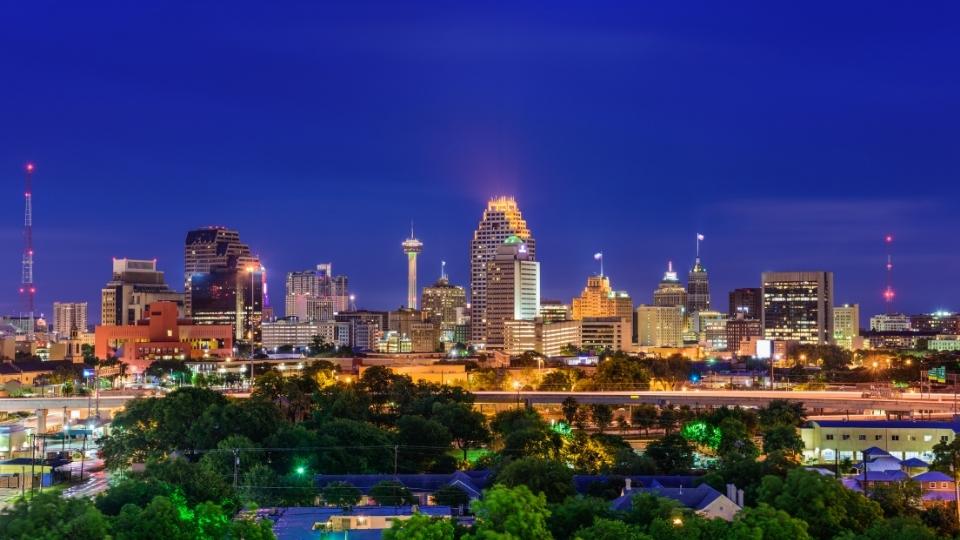
Why invest in San Antonio real estate?
While the majority of tech titans are relocating to Austin, San Antonio is attracting an increasing number of companies as well.
The city already houses headquarters for companies like USAA, Toyota, GM Financial, Boeing, Wells Fargo, and Caterpillar.
And more companies are on the way in.
Pabst Brewing, plastics manufacturer Nissei America, battery manufacturer Sauressig Engineering, and tech delivery platform Skipcart are all migrating from California to San Antonio — bringing jobs and money into the city.
Recently teased in a 2022 Super Bowl ad, the DeLorean Motor Company announced it’s comeback and has selected San Antonio as it’s global headquarters to build electric vehicles.
San Antonio is getting some well-deserved attention from a quickly-growing tech sector. One example is the recent Jungle Disk acquisition of three cyber security businesses, making it the second largest private technology company in San Antonio.
The rise in remote work is also boosting San Antonio’s real estate market. A recent study ranked San Antonio as one of the top cities for remote workers. As remote workers pour in, competition for housing heats up.
This population growth is more than just a response to COVID-19 — it’s been on the rise long before the pandemic started, and it’s expected to continue growing long after. From 2010 to 2020, San Antonio’s population jumped 19.4%, ranking it the 7th fastest-growing large metro in the country.
More importantly, San Antonio’s population has a stable foundation. It’s known as Military City USA, home to four major military installations, over a dozen Veterans Administration hospitals, and one of the largest active and retired military populations in the nation.
Unlike tech companies, major military bases don’t usually pack up and move cities. Since this portion of San Antonio’s population is relatively fixed, your investment is safe from a San Francisco-like mass exodus.
San Antonio real estate market trends
Redfin data shows the median sale price for a single-family home in San Antonio was $280,000 in October 2022, up 4.1% compared to last year. Competition has slightly cooled off since the mid-2021 peak, but the sale-to-list price is still 98.2%, and the average home sells within 30 days.
Compared to Austin — where median prices currently sit at $600,000 — San Antonio has plenty of room to grow. Prices are also more accessible for new investors on a tighter budget.
According to Zumper, rent prices are up 6% year-on-year with a median rent at $1,199, from last year’s 30% increase, making it a good time to be a San Antonio landlord. This increase continues to be attributed to a recent surge in demand.
Texans are relocating to San Antonio from other cities. Many out-of-state immigrants are choosing San Antonio as an affordable alternative to higher-cost Texan cities. And San Antonians who moved in with family during the pandemic are now looking for their own places to live.
That’s a lot of people competing for living space.
Then, there is the housing shortage. The inventory of available homes continues to grow from previous months. A balanced market typically has six months’ worth of housing supply. In San Antonio, the supply is down to 1.2 months. In other words, if no new homes were listed for sale, the housing supply would run out in 1.2 months. This represents a strong seller’s real estate market.
The tighter the supply, the better it is for property owners.
Hot neighborhoods for investing in San Antonio real estate

Northwest Side
The Northwest Side is a great neighborhood for investors looking for rental properties in San Antonio.
Home to the University of Texas at San Antonio and UT Health San Antonio, the area has a constant stream of students who need housing.
The business sector includes the corporate offices of Valero, NuStar Energy, and USAA — one of San Antonio’s largest employers. These companies attract thousands of young professionals who add more competition to the rental market.
During the pandemic, many USAA employees went remote. And if they start returning to the office, the neighborhood could heat up even more.
Denver Heights
Once known as a crime-riddled historic neighborhood on the East side, Denver Heights is making a comeback.
Investments and renovation projects in the area have completely transformed the area over the past five years. And more projects — including a proposal for a new outdoor entertainment venue — are adding even more value to the neighborhood.
According to MYSA, these new developments are turning Denver Heights into one of the trendiest neighborhoods in San Antonio.
The neighborhood has 100-year-old houses in need of TLC, making it a great opportunity for fix-and-flippers.
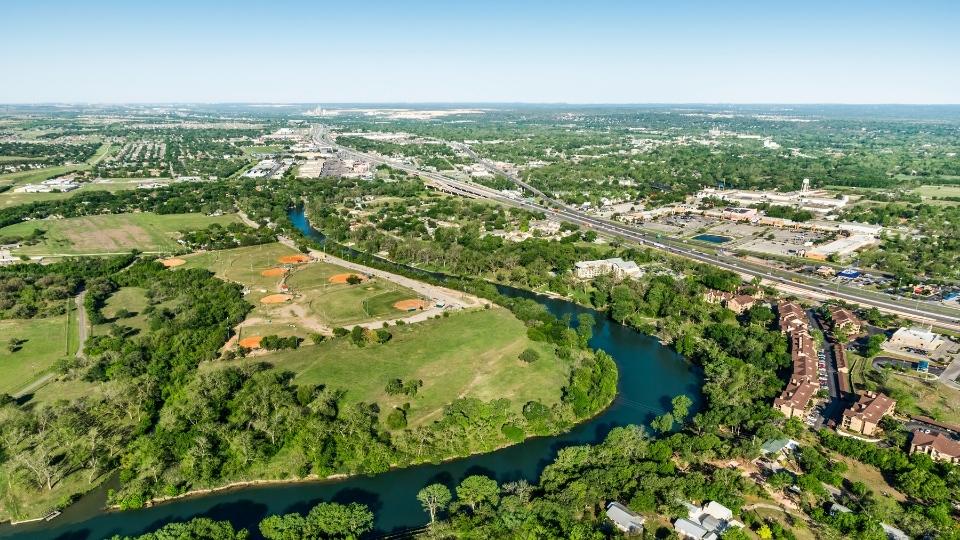
New Braunfels
New Braunfels is not only an attractive suburb within the San Antonio metro, but it’s also ranked one of the hottest towns in the entire nation.
The small town’s population inflated 56.6% from 2010 to 2020, making it the third-fastest growing town in the U.S. (of towns greater than 50,000 residents).
And with good reason.
Time Magazine named it one of the best places to live in 2020, and its proximity to both San Antonio and Austin makes it a popular spot for in- and out-of-state migrants to settle.
In the coming years, interest and development in the area are only going to increase.
The Austin-San Antonio Corridor
The Austin-San Antonio Corridor runs along Interstate 35 connecting the two cities.
This includes New Braunfels — which steals much of the attention — but the entire corridor is poised for explosive growth.
At the current rate of development, some experts predict that San Antonio and Austin will combine to form a mega-metro within the next 50 years.
That means the value of any property situated between the two cities is primed for serious growth in the years to come.
How to buy an investment property in San Antonio, Texas
The process for investing in San Antonio real estate can be broken into five steps:
1. Choose an investment strategy
There are many ways to build wealth with real estate. And before you start property-hunting, you need to pick your poison.
Whether that be a fix-and-flip, BRRRR, turnkey rental property, or other real estate strategy — choosing ahead of time will help you narrow your search.
You can then laser in even further by determining what type of property best fits your needs (single-family home, residential multi-family home, commercial, new construction project, etc.).
2. Weigh your financing options
You also want to have an idea of how you’re going to fund your project.
Thanks to San Antonio’s housing supply shortage, profitable investment properties don’t last long on the market. That means when you find a winner, you need to act fast. If you still have to figure out how you’re going to finance the project, someone else might snatch it up from under your nose.
Your three main financing options are:
- A conventional loan. Banks and traditional lenders usually offer the lowest rates, but you must meet strict requirements and the underwriting process can take months.
- A hard money loan. Hard money lenders in San Antonio (or elsewhere in Texas) have more flexible requirements and can fund projects in as little as 48 hours.
- A joint venture. A joint venture is a more advanced funding strategy that pools money from multiple investors.
No matter which method you choose, take time to build relationships with potential lenders before you start your property search.
3. Hunt for investment properties
It’s possible to do your homework, study the markets, and find investment properties all by yourself. But to maximize your odds of success, talk to wholesalers and agents specialized in your preferred neighborhoods.
They might be able to use their connections to find off-market opportunities, and they can give you advice on what types of properties perform best in the area.
When comparing your options, make sure to consider:
- Job markets
- Population growth
- Ratio of renters to owners
- New development projects
- Neighborhood vacancy rates
- Household size demographics
- Crime, schools, and public transportation data
For an easier side-by-side comparison, create a spreadsheet to record information about each potential property.
4. Finance your project
Once you find a San Antonio investment property for sale that meets your requirements, get the ball rolling with your lender as soon as possible.
With conventional lenders, you’ll need to submit piles of paperwork, schedule appraisals and inspections, and wait for the lengthy underwriting process.
Hard money lenders won’t have as many hoops to jump through, but you must prove to them why the property is a good investment. From there, choose whether you’d like a bridge loan or a long-term rental loan.
5. Refinance (if needed)
If there are multiple interested buyers, you may need to use a bridge loan to snag the property before anyone else.
Bridge loans are temporary loans that usually need to be refinanced within 6 to 24 months — either with a long-term rental loan or a conventional mortgage (if you qualify).
At Longleaf, we can save you fees by bundling your bridge loan together with your refinance.
Need financing for a San Antonio investment property?
Longleaf Lending is a Texas-based private lender and offers flexible loan programs designed for property investors who need to close as fast as possible. If you have any questions about investment property financing, give us a shout at 979-200-2823 or info@longleaflending.com.

